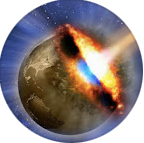Exchanging Substances
Cards (7)
- What is diffusion?
- What type of molecules move by osmosis?
- Give two ways that the villi in the small intestine are adapted for absorbing digested food?
- Explain how leaves are adaption to maximise the amount of carbon dioxide that gets to thier cells?
